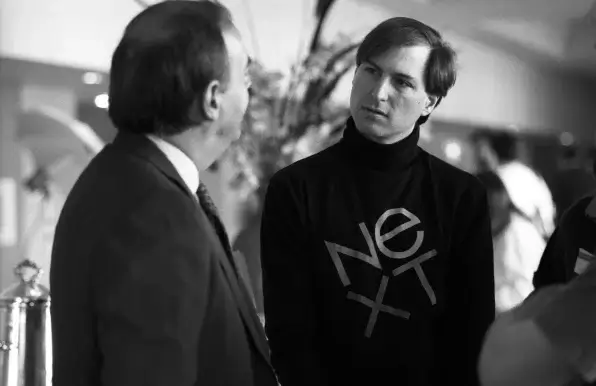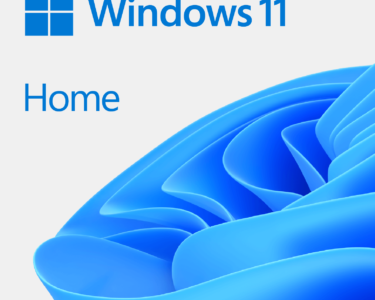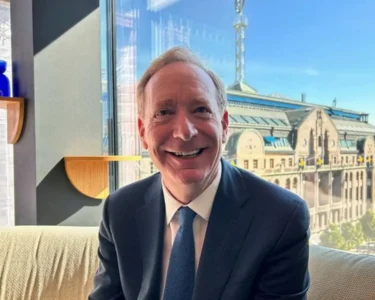“The Macintosh architecture is going to peak next year sometime. And that means that there are enough cracks in the wall already, and enough limitations to the architecture, that the Mac’s pretty much going to be everything it’s ever going to be sometime next year.”
A tech CEO is onstage helpfully explaining that the Mac’s expiration date is imminent. More importantly, he’s about to introduce us to a new computer designed for the next decade. I am in a distant seat among his audience of more than 2,000 at Boston’s Symphony Hall, where the anticipation in the air is thick enough to induce a contact high.
After all, we are among the lucky few who will hear about the NeXT computer directly from Steve Jobs himself.
What we were witnessing on the evening of November 30, 1988, wasn’t the next launch event. That had happened seven weeks earlier at San Francisco’s Louise M. Davies Symphony Hall before 3,000 invited developers, educators, and reporters. Jobs was now giving a second performance of the same basic presentation at the monthly general meeting of the Boston Computer Society. It was open to all members, and therefore a much more public affair than the exclusive San Francisco version.
For Jobs, who was presiding over his first product reveal since being ousted from Apple more than three years earlier, the stakes couldn’t have been higher. And his new computer, aimed at the university market and created by some of the people who had designed the Mac, was appropriately dazzling. An imposing 1-foot black magnesium square nicknamed “the cube,” it ran a Unix-based operating system called NeXTStep and sported innovative features such as a “dock” to hold your apps and drag-and-drop tools for building new software. From its high-resolution display—1 million pixels of resolution!—to the ginormous 256 MB capacity of its optical storage drive, the NeXT cube felt like the future, in much the same way the original Macintosh had almost five years earlier. (For a while, it was a slightly vaporous future: NeXTStep 1.0 didn’t ship until September 1989, six months behind schedule and a year after Jobs unveiled it.)
Sitting there being wowed by the machine was an oddly bittersweet experience. At $6,500, it was so far out of my price range that desiring one was purely aspirational, like lusting after a Lamborghini. (Not yet a tech journalist, I had no reason to expect I’d get to touch one in a professional capacity—in fact, I still haven’t.) But at evening’s end, as we streamed out of Jobs’s reality-distortion field back into the chilly Boston air, each of us got a NeXT product to take home: a glossy poster depicting the cube in all its unattainable glory. I tacked mine up next to my desk at work the next morning, and remain sorry that I didn’t keep it.
The evening stayed with me as a vivid—if ethereal—memory. However, it took me a quarter-century to investigate whether I could experience it all over again.
When I asked Jonathan Rotenberg—who had cofounded the Boston Computer Society in 1977 at age 13 and as its president turned it into the nation’s largest user group—if it had made videos of its meetings, the answer turned out to be: yes, sometimes. To my delight, this inquiry helped inspire a project to digitize and share those vintage videos. The next session, however, was not among the ones that had been videotaped.
Then something remarkable happened. I heard from Charles Mann, who had made professional audio recordings of dozens of BCS meetings and other computer-related events in the 1980s and early ’90s. Unbeknownst to me, he had sold many of them on audiocassette at the time, under the name The Powersharing Series. In 1988, when I was basking in Jobs’s presentation, Mann was elsewhere in the hall recording it.





